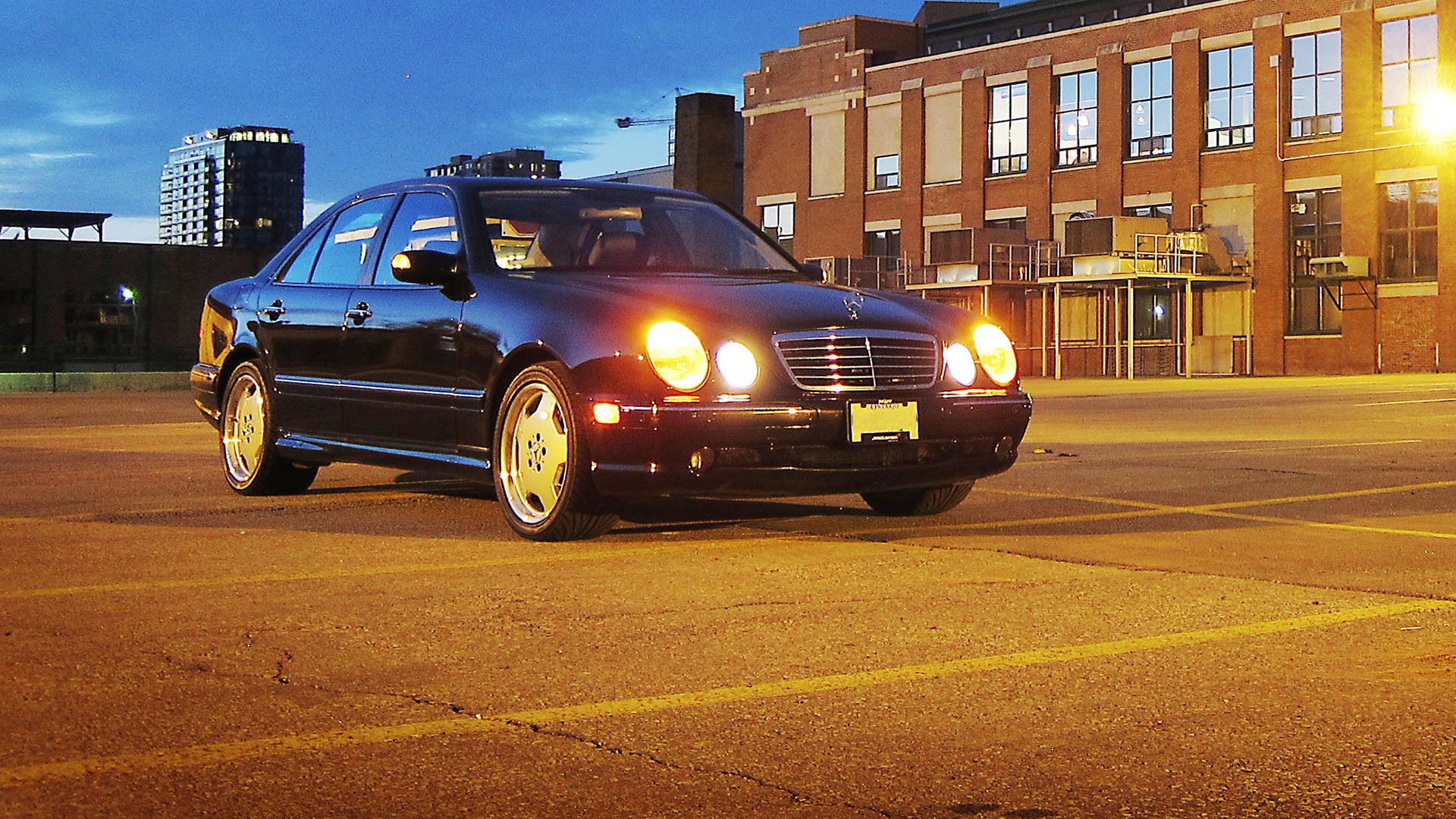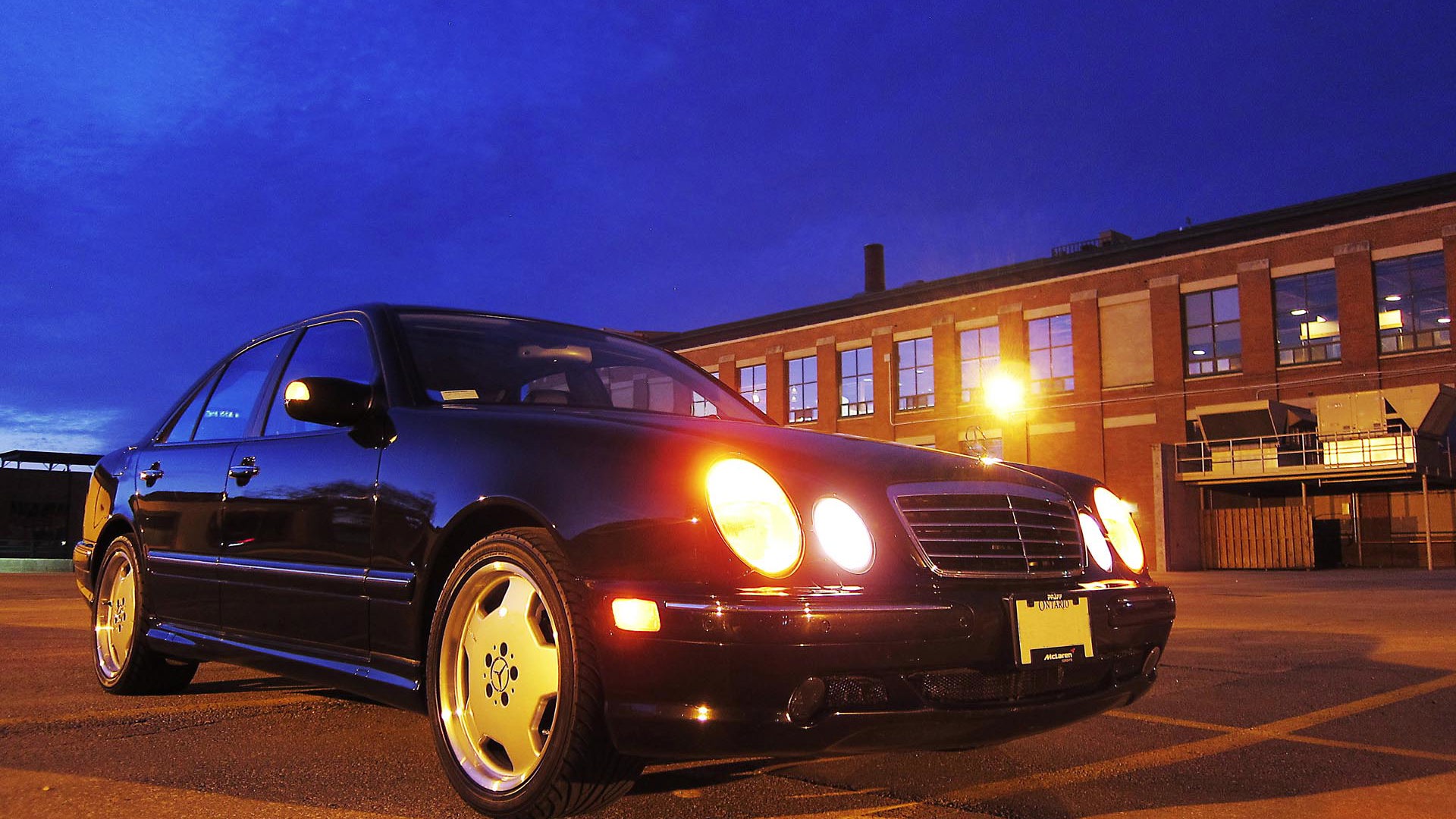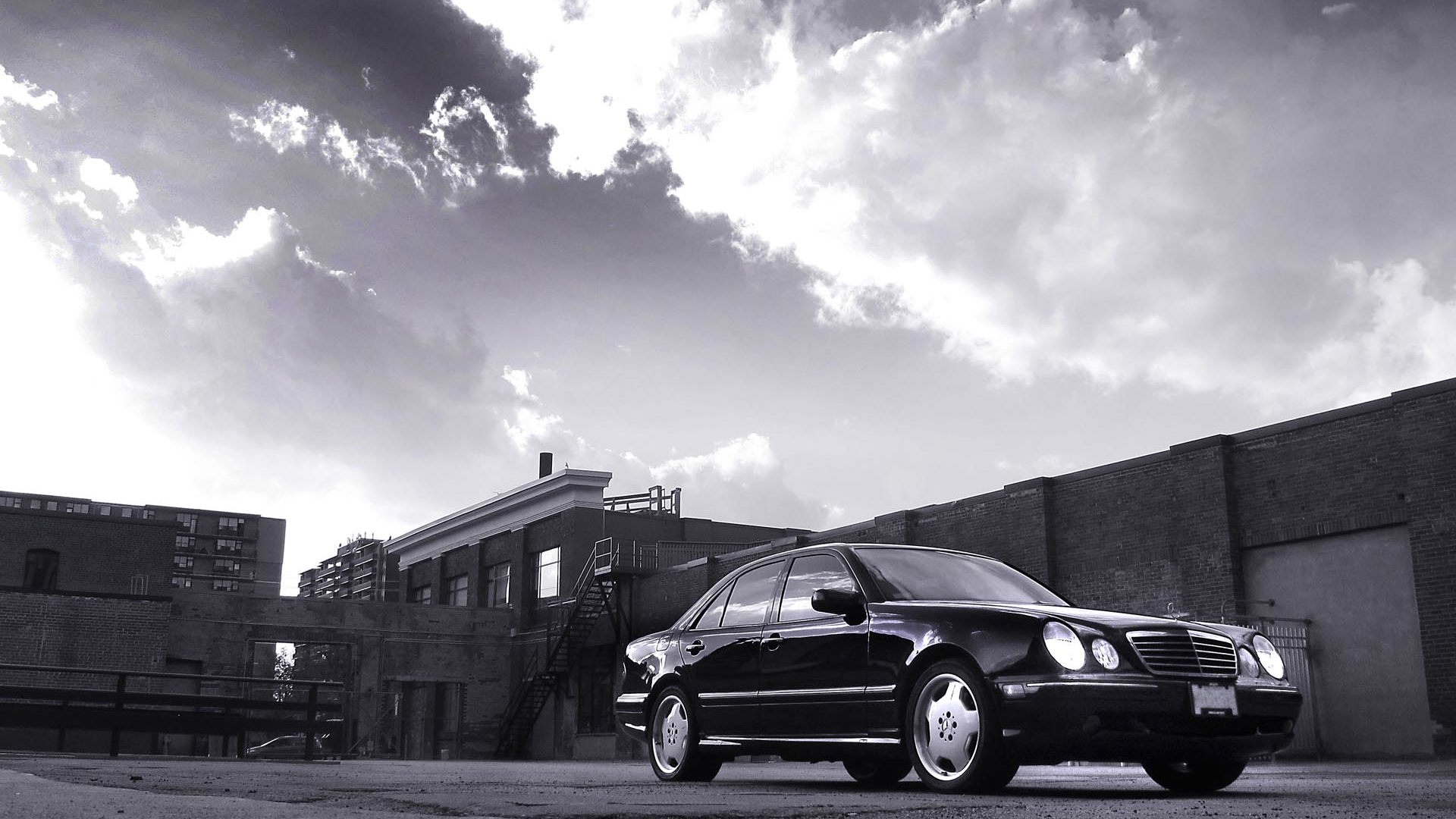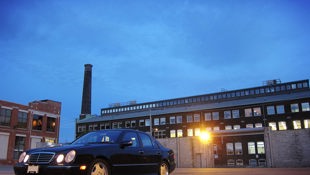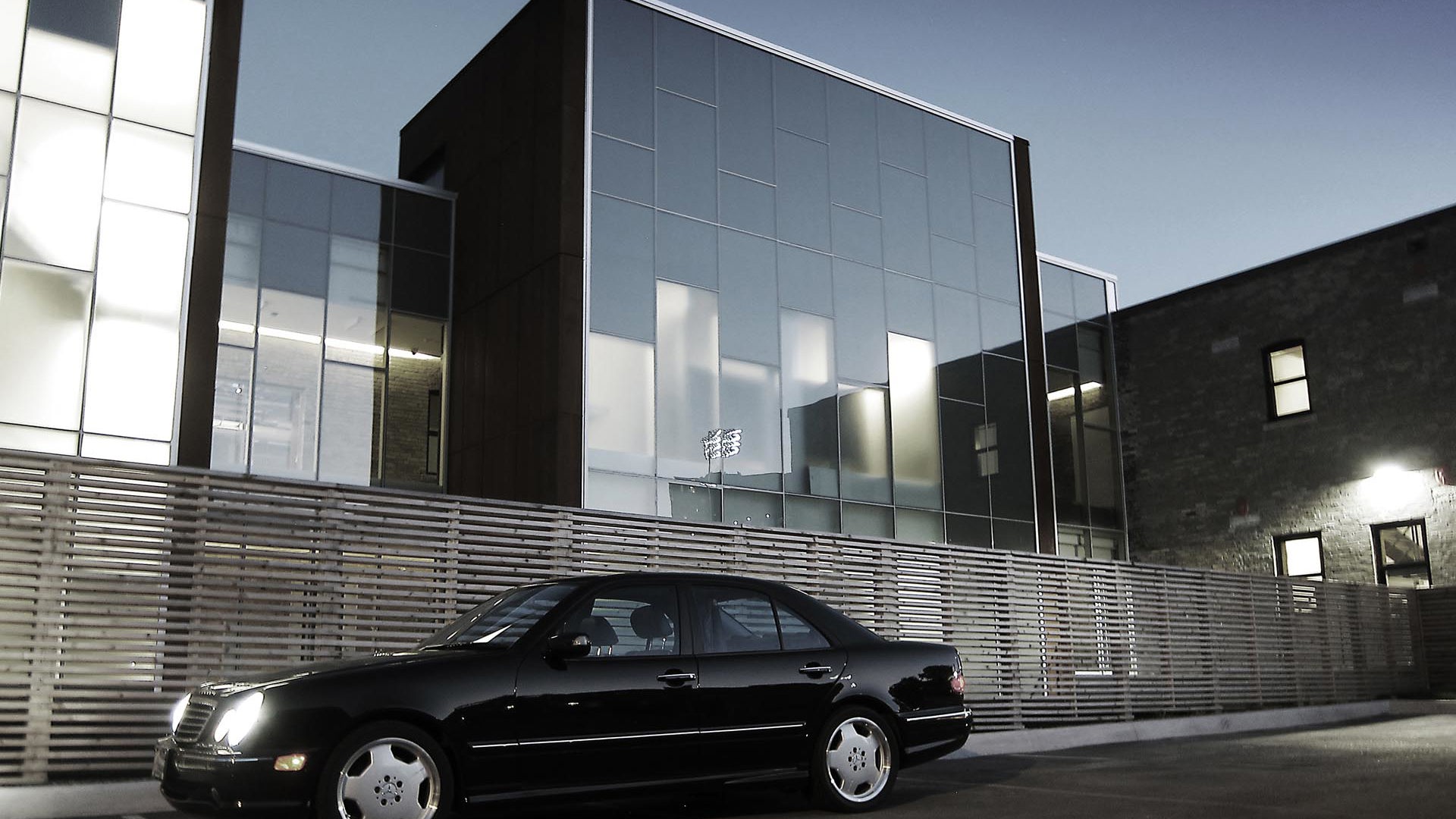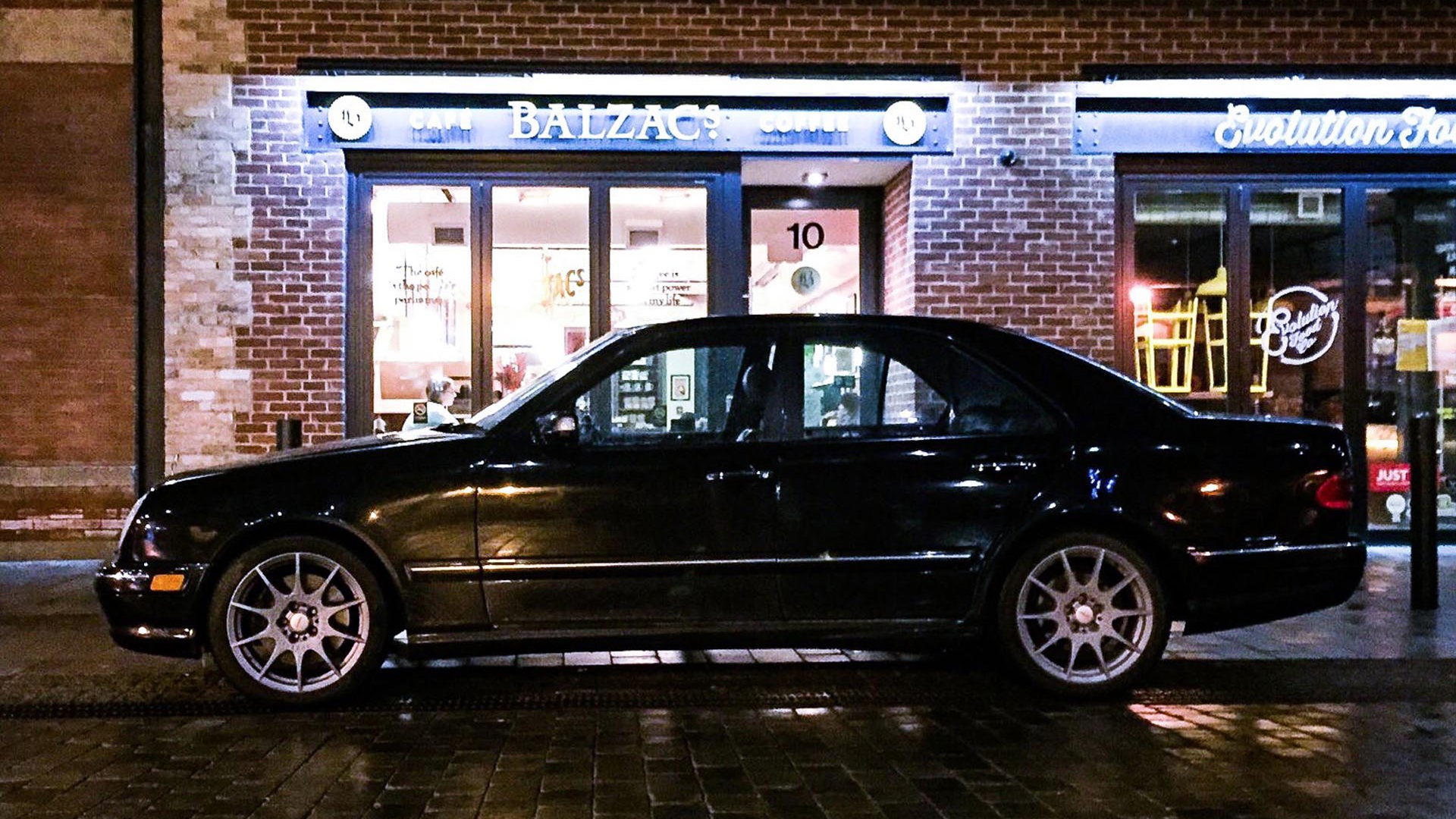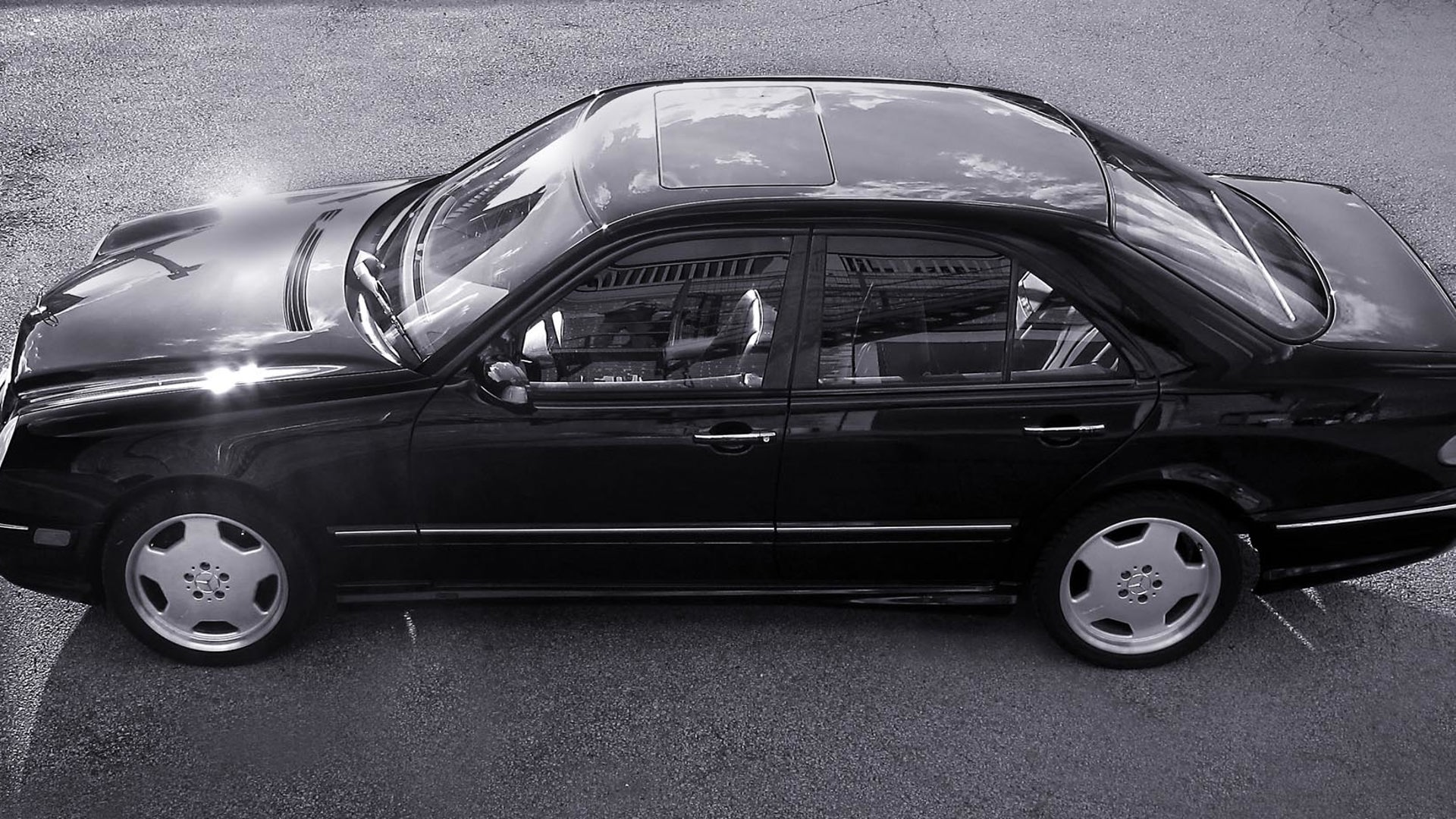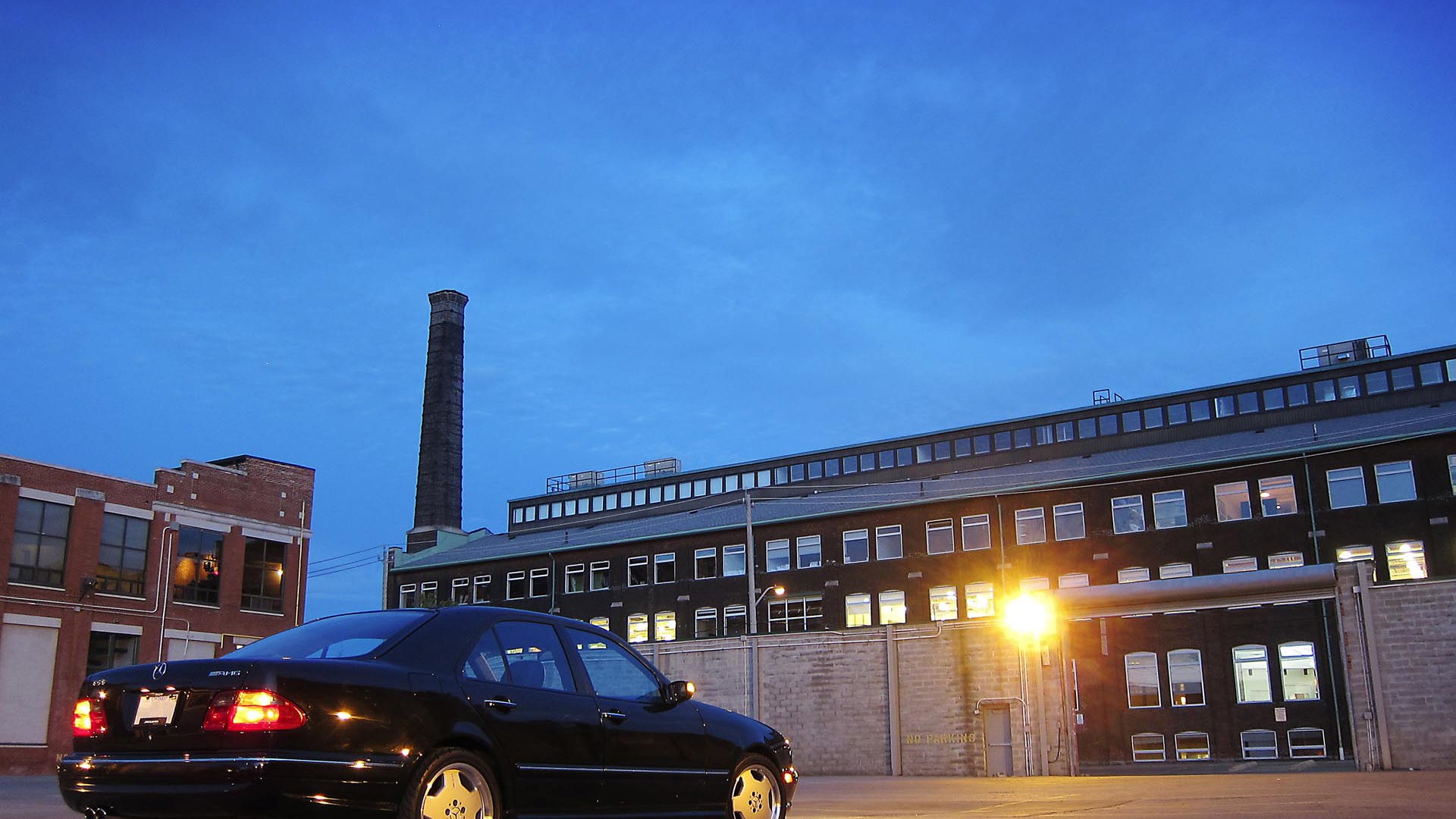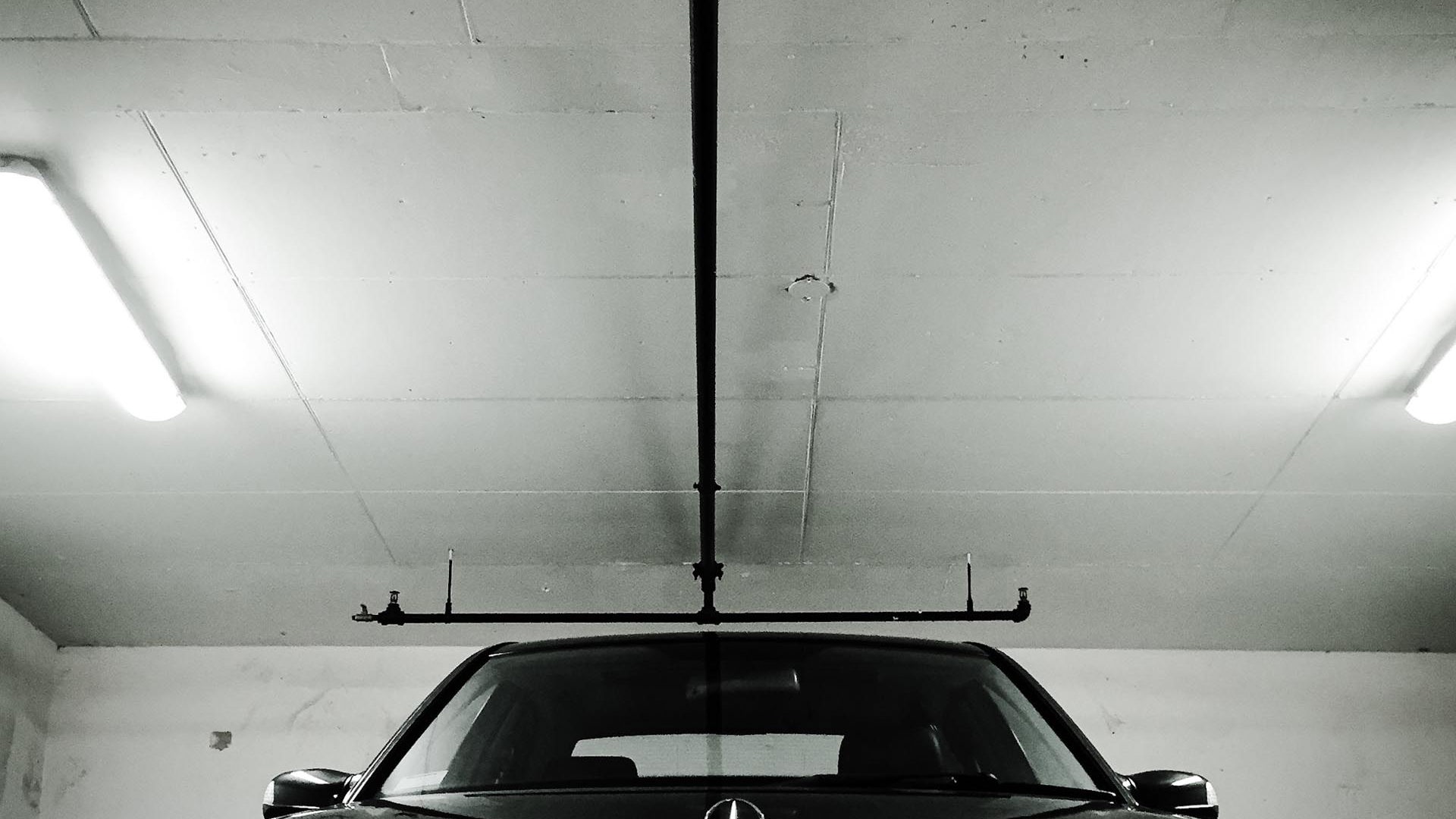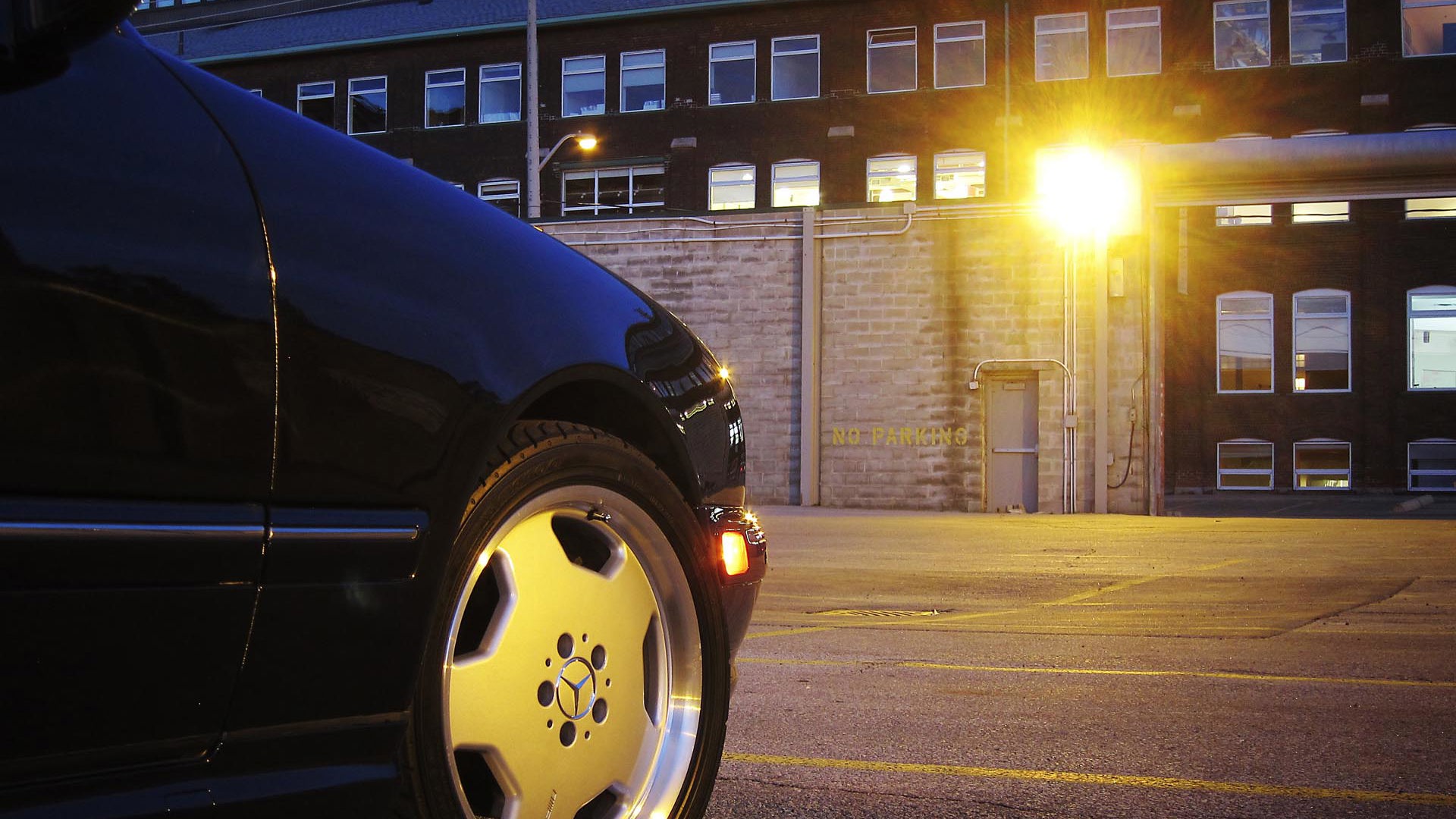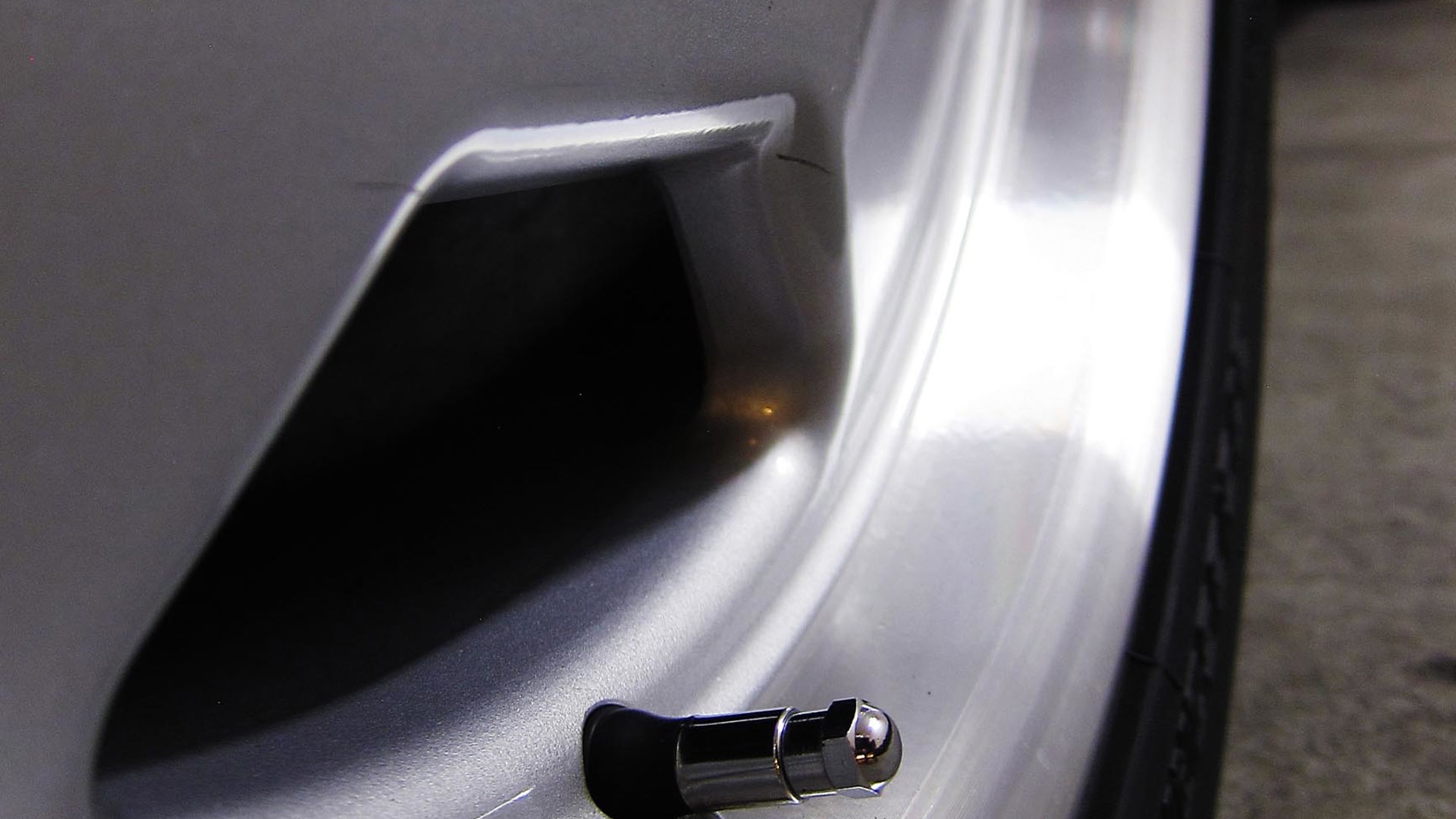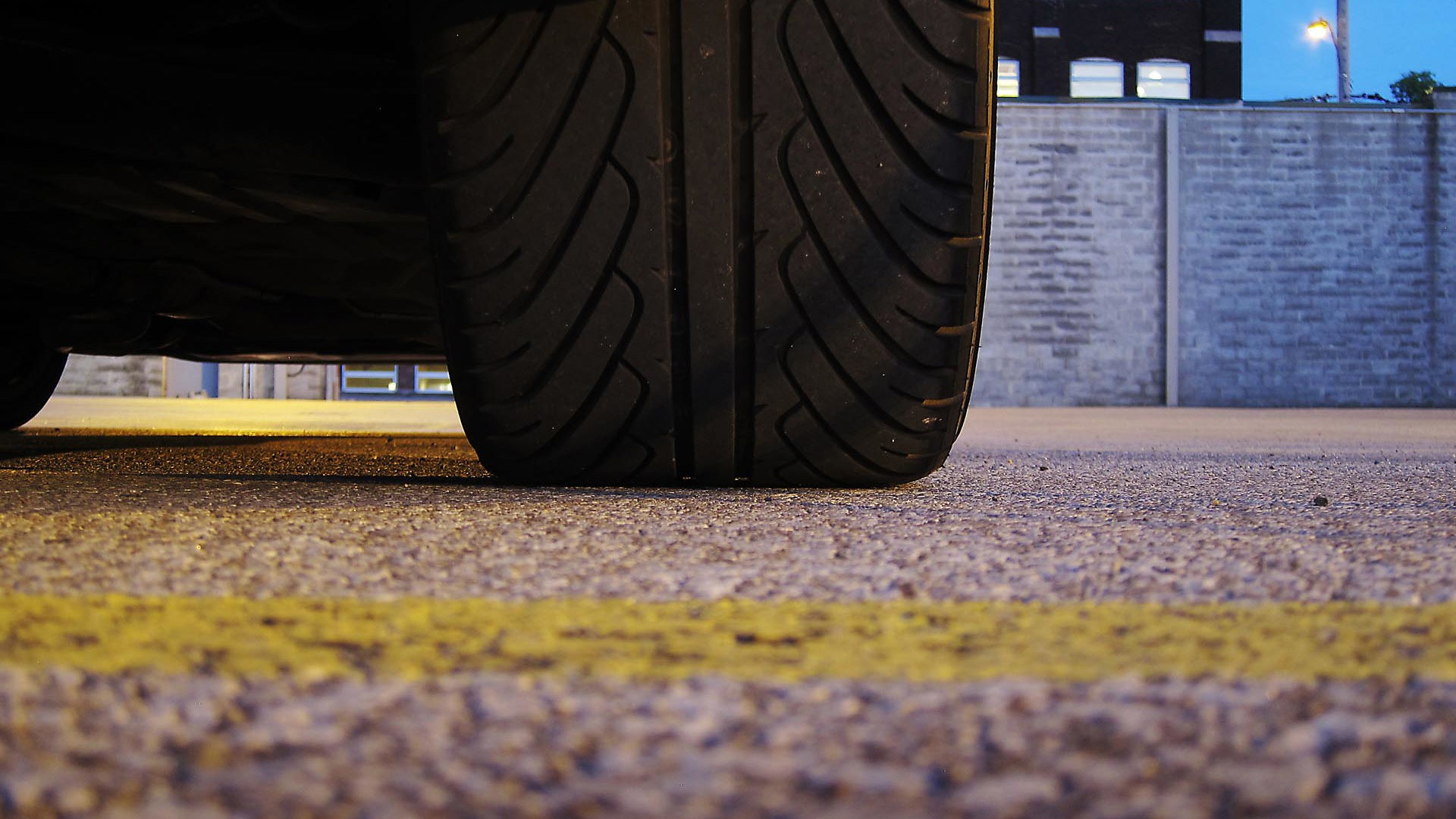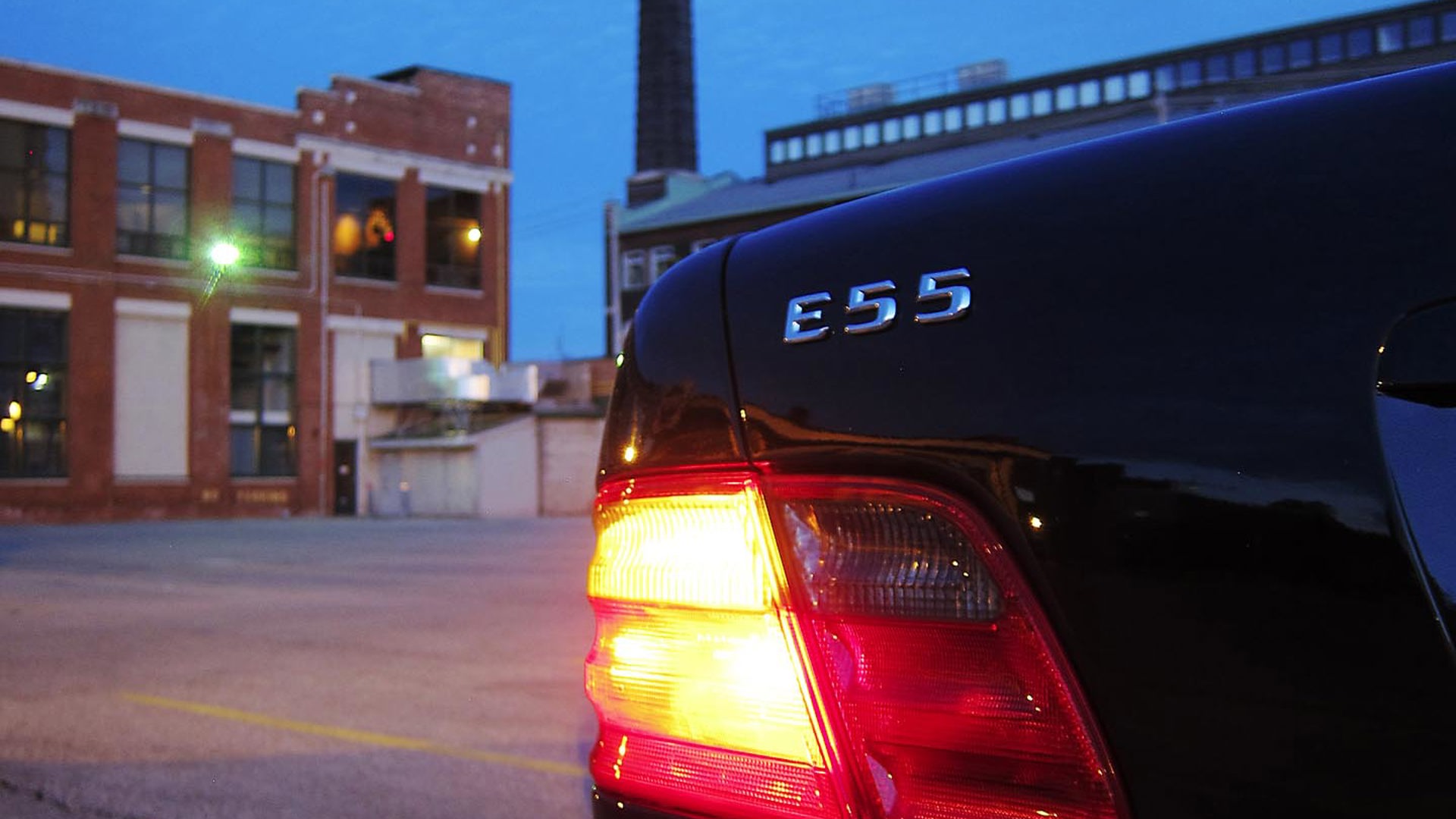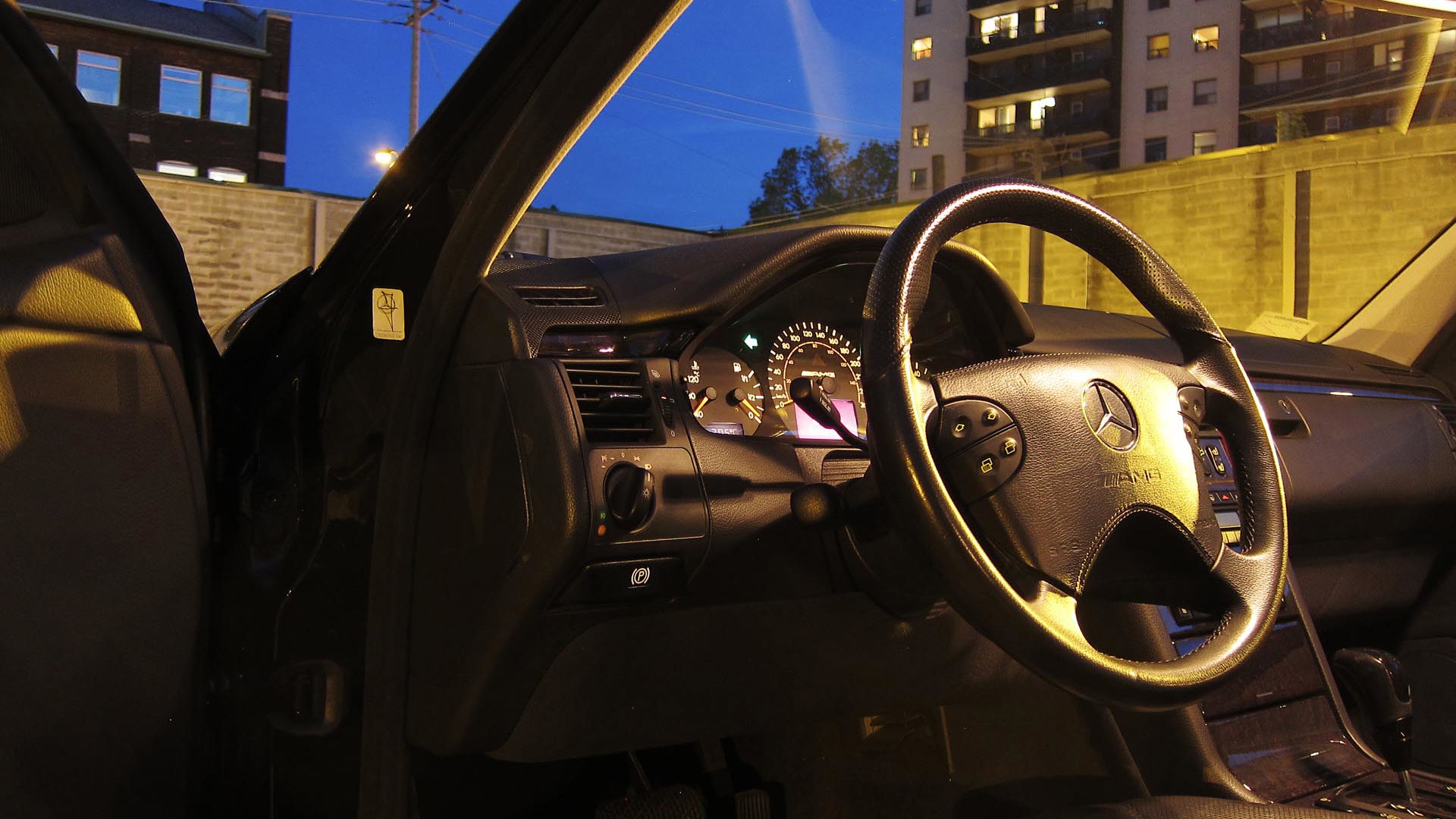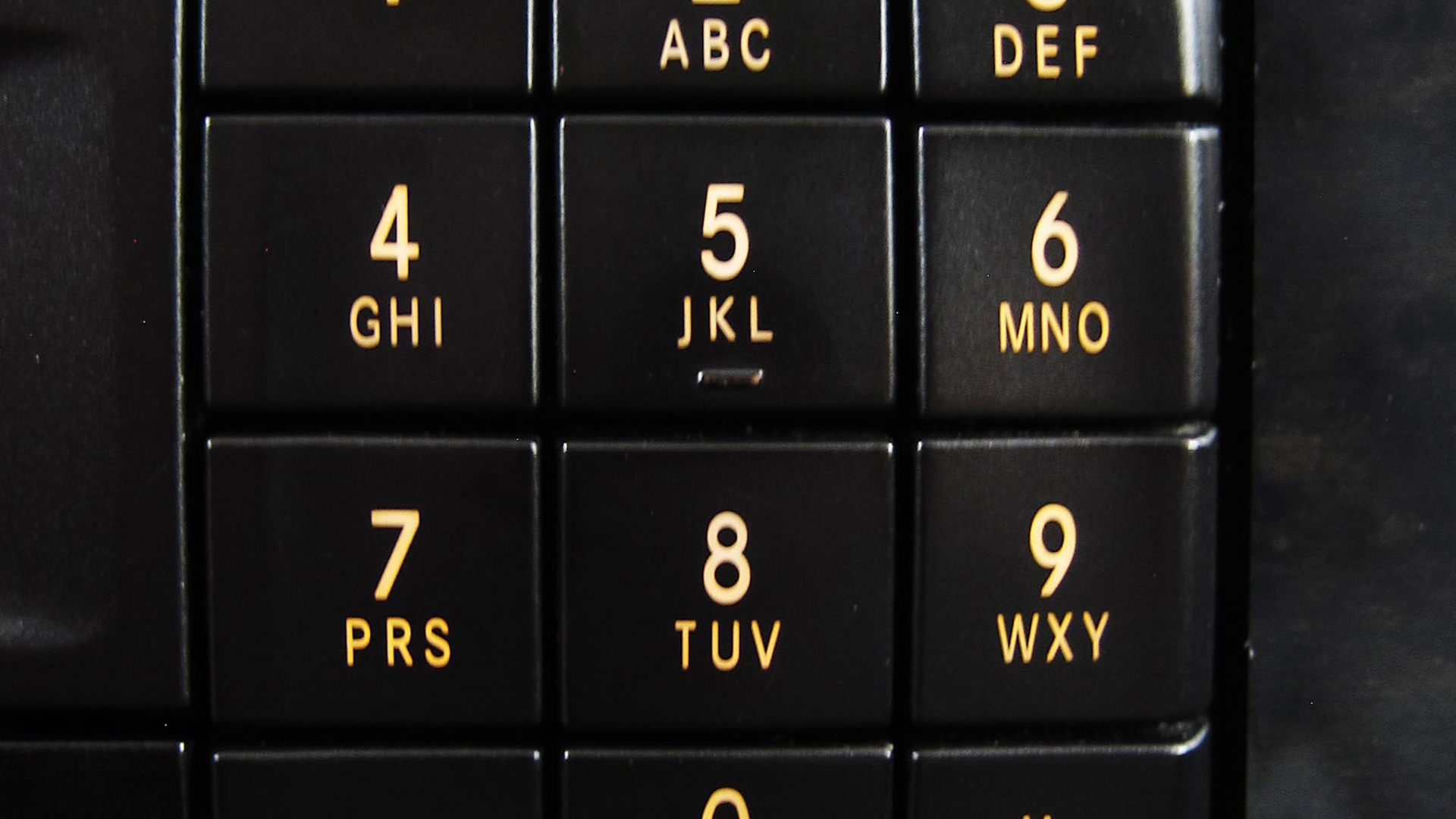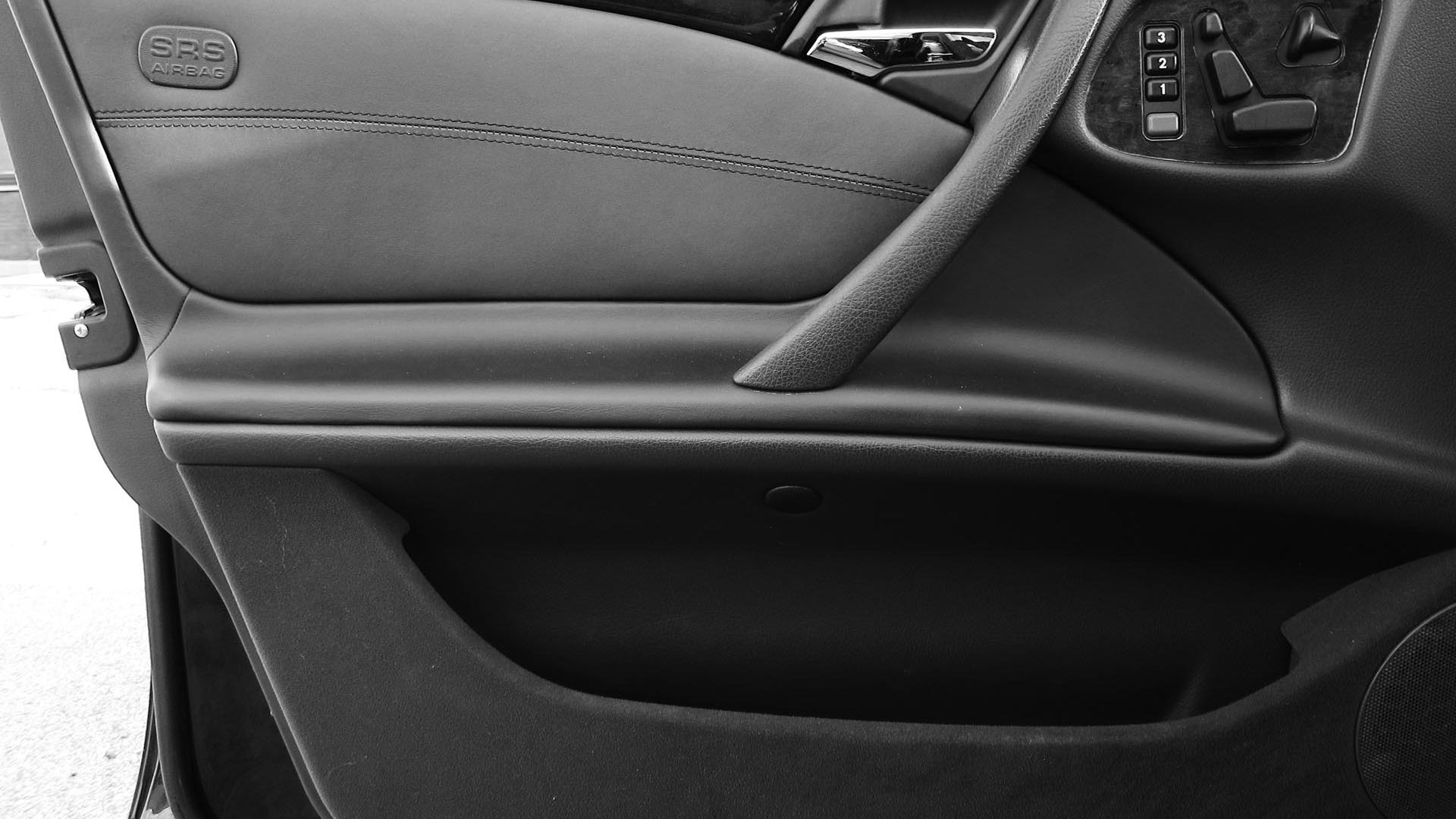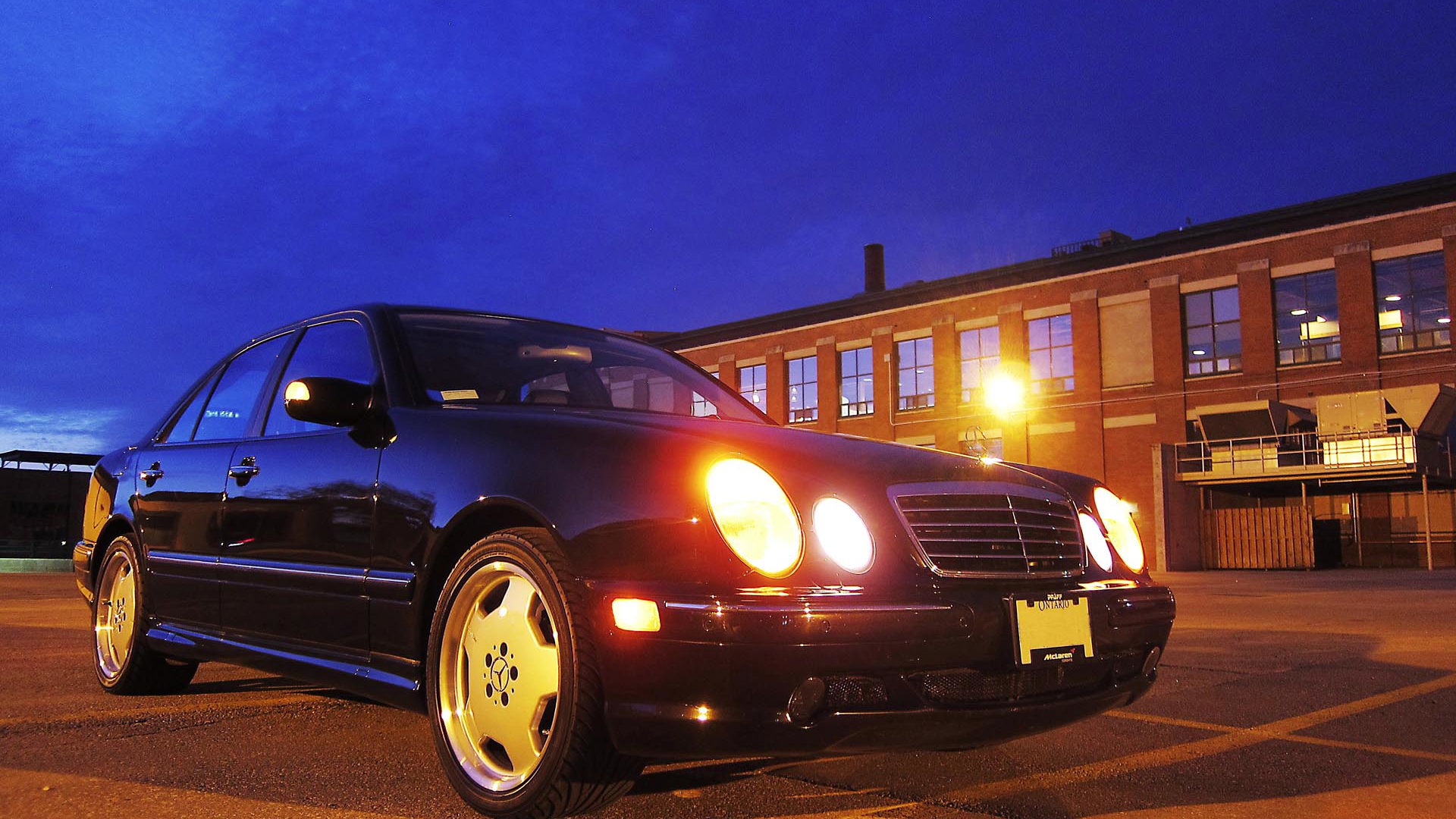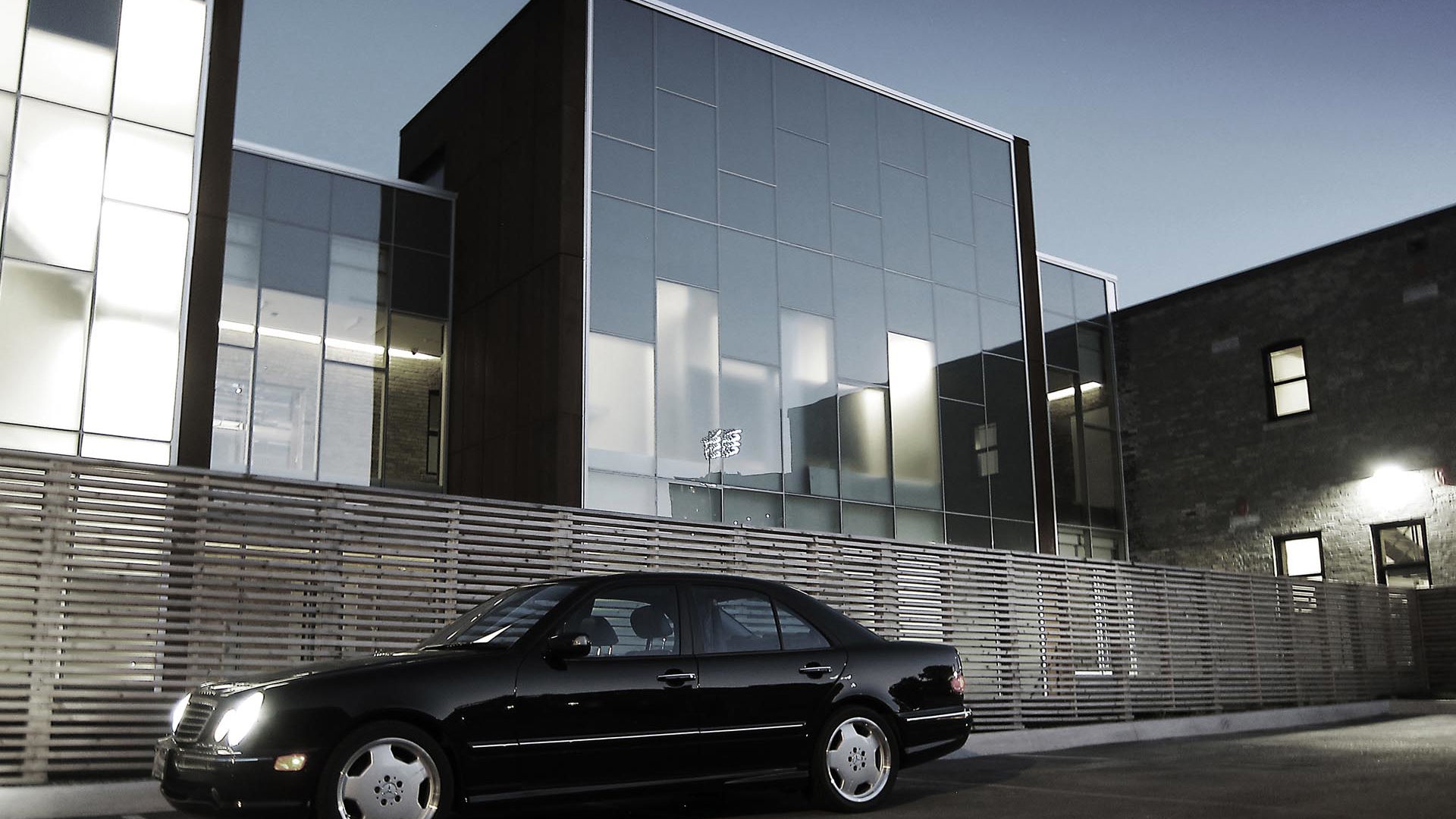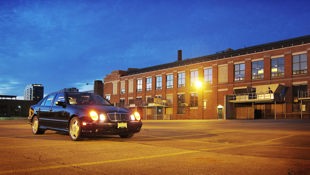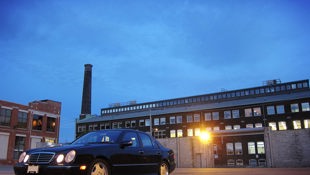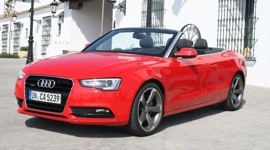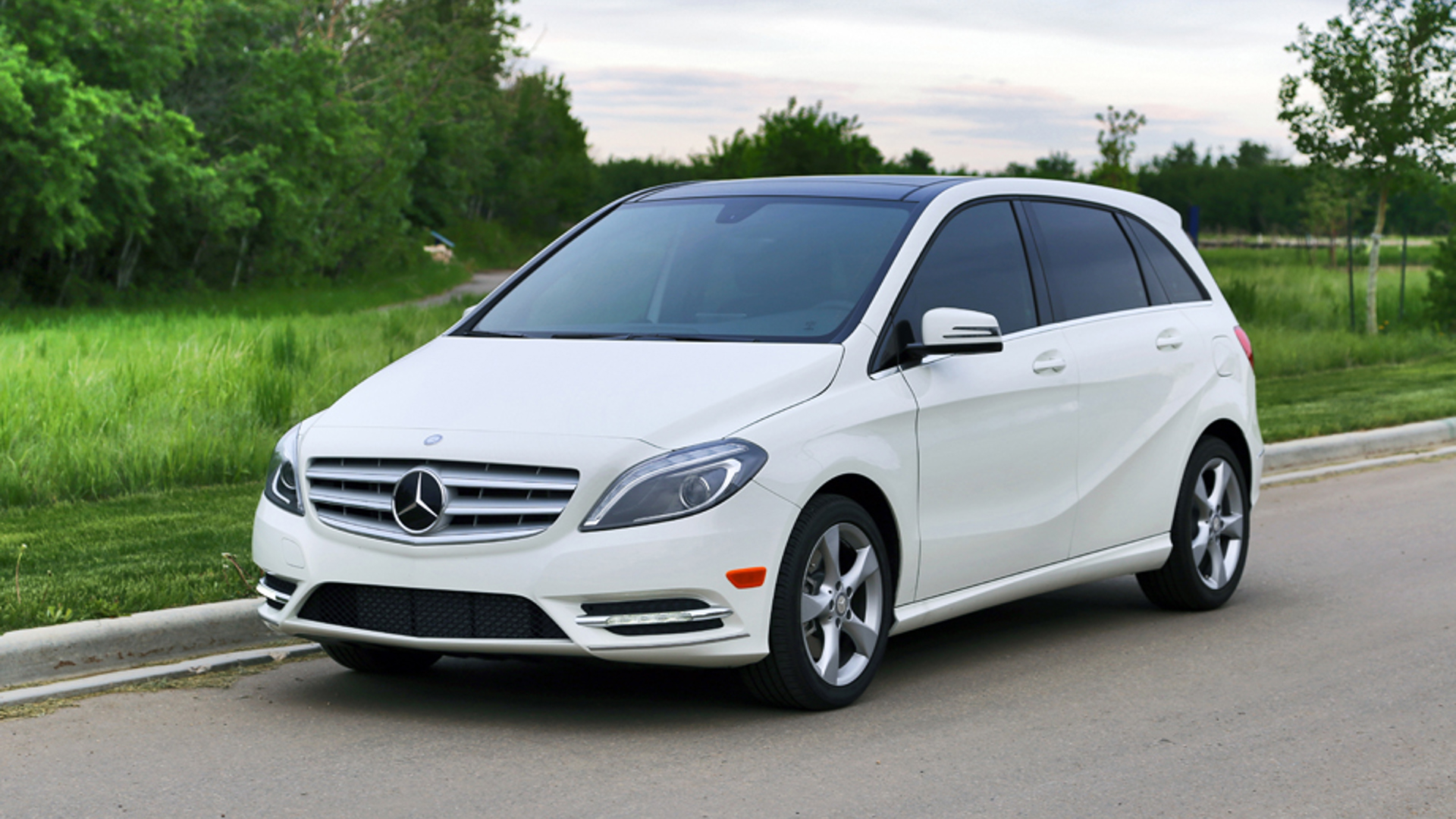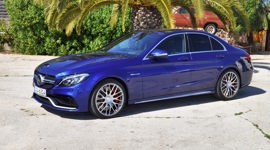In 1998, I’d just started my dubious car-journalist career by writing a string of reviews of new vehicles a typical university student could afford - 14 road tests of cars with an MSRP under $20,000, and every one of them with four cylinders and front-wheel drive, prioritizing economy and reliability. Because of that, I don’t actually recall how I ended up with the keys to Mercedes-Benz’s just-launched E55 AMG for a week. Its $98,100 list price was five times that of the cars I was testing and its 354 hp was about double what I’d grown accustomed to.
At the time, I thought it was the very best car in the world, a road-going missile that could seat four in comfort, that rode as well as it handled, and had a rock-solid feel that I hadn’t experienced before.
What I can recall is the lasting impression that car made on me. It made an impression on my still-evolving car-testing skills by showing me how composed and comfortable a car could feel while travelling at serious speeds (indeed, I’m lucky my 21-year-old self survived a week with it without getting arrested), and it made an impression on my wallet, too, as I poured whatever meager income I was making back then straight into its 80L fuel tank so I could go for another run. At the time, I thought it was the very best car in the world, a road-going missile that could seat four in comfort, that rode as well as it handled, and had a rock-solid feel that I hadn’t experienced before.
Fast-forward 18 years, and I’m shopping for a car. I’m looking for something to make a long highway commute in – something comfortable but with a bit of character. The new-car choices within my budget are similar to the ones I was reviewing back in 1998: economical, reliable, and, these days, actually stuffed with a lot of neat technology that you couldn’t get back then. But they’re all a bit lacking in character. Then I start looking at used cars on the autoTRADER app, and am reminded, surfing for everything and anything under $20,000, how big German cars, especially those with V8s, depreciate. Swiping past hundreds of Audis and BMWs and Benzes, this black 2001 E55 AMG - a facelifted version of the car I drove back in 1998, and with just 56,900 km on it – hovers into view. Suddenly, I’m transported back to that time, and I simply can’t think of any other car. The dealer and I trade a couple of Facebook messages, and I’m down at the store within a week to pick it up.
Buying a 15-year-old AMG Mercedes as daily transportation is not what you would call a logical decision. In the city, it sucks back an average of 17 L/100 km. Oil changes require a quite a lot of Mobil 1 synthetic, and I’ve burned through one set of rear summer tires as well as a set of rear winters. Cars of this “W210” generation also have a reputation for rusting, and indeed most of the ones you see still on the road have corrosion developing around the door sills, lock cylinders, and various other places. (Indeed, my car was repainted early in its life under warranty to deal with rust issues; I’m curious to see, after this harsh winter, if it’s going to start rotting on me.)
On the other hand, while the E55 was a very sophisticated car back then, in modern terms, it’s actually relatively simple. The suspension is conventional, without the air springs and adjustability of later E-class AMG models. The 5.4L M113 V8 has single overhead cams and is naturally aspirated – not like the supercharged and turbocharged engines that followed. And while an integrated telephone was a big deal in 2001 (indeed, it came with a Motorola flip-phone handset in the centre console), it is woefully simplistic if you’re used to new cars. The single-DIN head unit has a tape player, and controls a dealer-installed six-disc changer mounted in the trunk.
Driving this car makes you realize how much more accessible automotive technology really is these days. In 2001, for instance, airbags in the doors and roof pillars weren’t common in anything but big luxury cars; everything has them these days. Electronic stability and traction control was a big deal back then, a huge helping hand to keep the power in check and drivers on the road; similar technology now comes standard in even the most prosaic economy cars. And my car doesn’t have Bluetooth, an iPod connection, GPS navigation, or many of the gadgets that come on any sub-$20,000 automobile.
What no new $20,000 car has, though, is an engine with this much shove and this much character. By modern AMG standards, 354 hp and 391 lb-ft of torque isn’t much (hell, a four-cylinder CLA45 almost out-powers it), but there’s nothing quite like the way a big, naturally aspirated V8 engine delivers its power. Roll into the throttle at any speed and in any gear, and speed and sound swell like a gathering storm; 0-100 km/h in just over five seconds is still fast, and the automatic transmission’s five gears mean that you get a nice, sustained pull through each cog before each shift, and are always in the meat of the power band at highway speeds.
From a dead stop, give it enough gas, and it’ll cheerfully overwhelm the 2001-vintage traction control and roast the 275/40/18 rear tires while making a noise like Satan gargling mouthwash as the transmission snaps off crisp upshifts. This is still an intensely charismatic drivetrain, as wonderful now as it was back then, and I love the honesty of its noise and power delivery.
It still handles pretty well, too. The steering is a bit old-school in how heavy it is, but it’s precise and provides surprisingly good feedback. The multi-link suspension and those fat tires mean it grips as well as a modern performance sedan, and the brakes are terrific in their ability to shed speed quickly and easily. On a winding country road, it’s easy to settle into a swift, comfortable rhythm, as the control weights are well-balanced, the gear ratios are well-chosen, and the ride gets better the faster you go. On the flip side, the car can feel quite cumbersome in town, the low-profile tires and big wheels clomping like cement shoes in and out of potholes and setting bits of interior trim squeaking.
In November, I installed a set of Pirelli SottoZeros mounted on gunmetal-grey Speedline alloys for what might have been my car’s first winter outside of a storage garage. It handled a spectacularly cold and snowy winter with ease. While heavy snow would sometimes require careful and concerted driving, it never once got stuck and, even left outdoors overnight in -20°C weather, it never failed to start with the first twist of the electronic key. But while the single wiper blade worked great, the washer jets left much to be desired, dribbling fluid halfheartedly onto the windshield, which would promptly smear into a a salty slurry with road grime at higher speeds.
The E55’s well-stocked, supremely comfortable interior remains a great place to pile on the miles. The perforated nappa leather has held up well over the last 15 years, and all of the numerous seat adjustments (including pneumatic controls for thigh support, two lumbar bladders, and even moveable side bolsters) still work. The bird’s-eye maple trim still looks great, and the acrobatic cupholder, deployed with a chrome push-button, is so much cooler, if less effective, than the two round holes you’ll find in a modern Mercedes. Outward visibility is terrific thanks to an upright seating position and huge, blue-tinted windows, and you can drop the rear headrests when they’re not being used by touching a button on the dash. The trunk is huge and will easily swallow three large suitcases and a couple of overnight bags; that said, you can’t fold the rear seats because, presumably, AMG thought it might compromise the car’s drum-tight structure.
Used as its designers and engineers intended, for fast, long-distance drives, and the E55 is actually relatively economical despite its big V8 and substantial weight; it’s actually relatively easy to average 10 L/100 km or better if you stay out of the city. The other running costs aren’t much less than those of a new $100K Mercedes, but the flexible service system only called for my first $350 service after 22,000 km, and the only other money I’ve put into it has been for fuel, tires, and a couple of rear sway-bar bushings that were under $300, installed. Reliability has mostly been stellar in the 32,000 km I’ve driven in the past 10 months: in cold weather, the left-front fog lamp sometimes acts up, and the traction-control computer once threw a hissy fit that was corrected by switching the car off and then on again (it hasn’t misbehaved since).
With my commuting circumstances having changed a couple of months ago - my regular commute is now 35 km each way, rather than 280 km – I’ve been contemplating selling the E55 and getting something smaller and more efficient as a daily driver for the days when I don’t want to pound through the city in my old Porsche. But every time I consider the cars I could actually afford, I get mildly depressed at the thought of giving up this magnificently badass machine. Its googly-eyed styling hasn’t aged very well, and the salty winter hasn’t been kind to its paint (especially the front bumper), but it’s still a thrill to drive, and suffused with character in a way that most modern cars, at any price point, don’t seem to have anymore.
